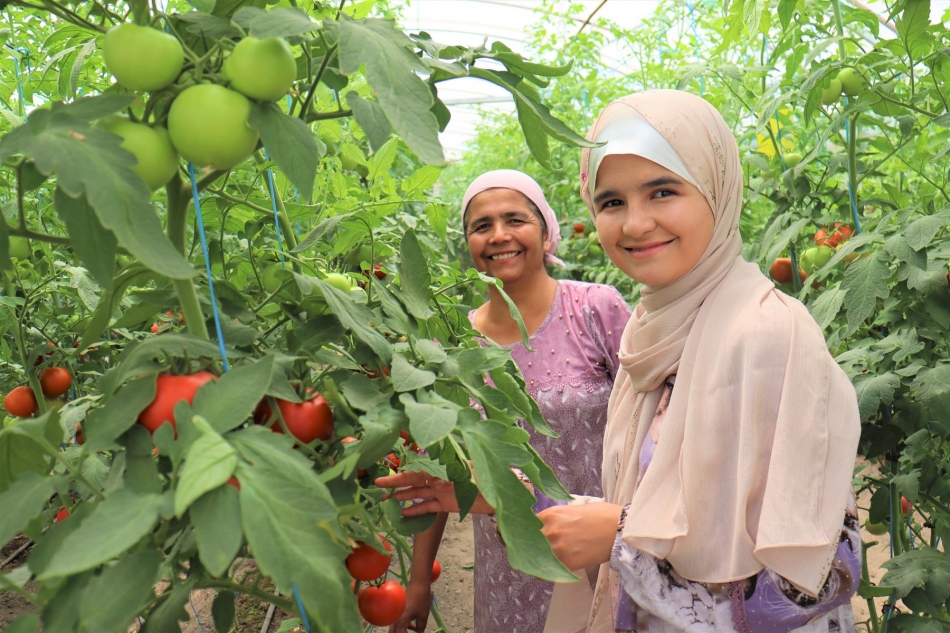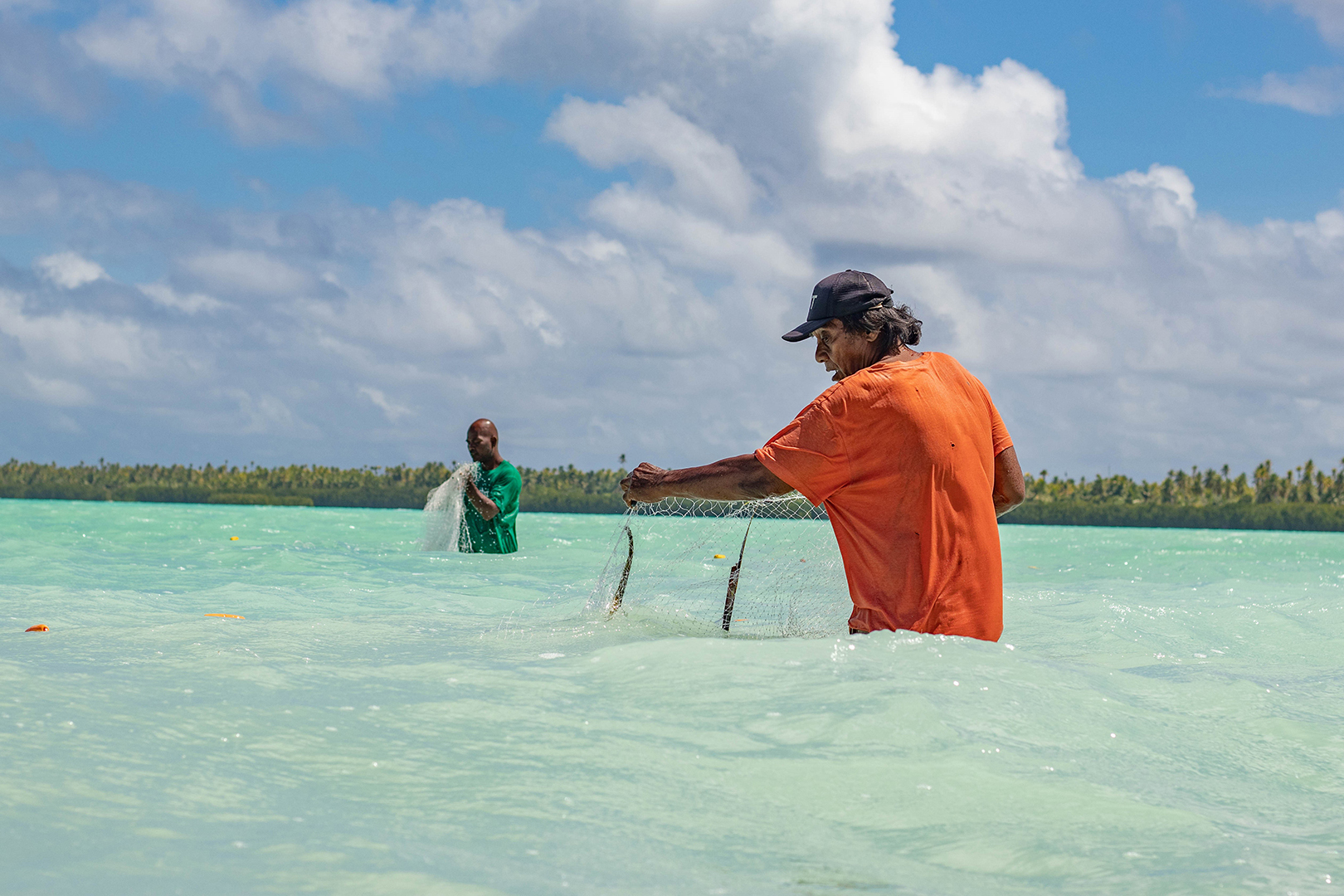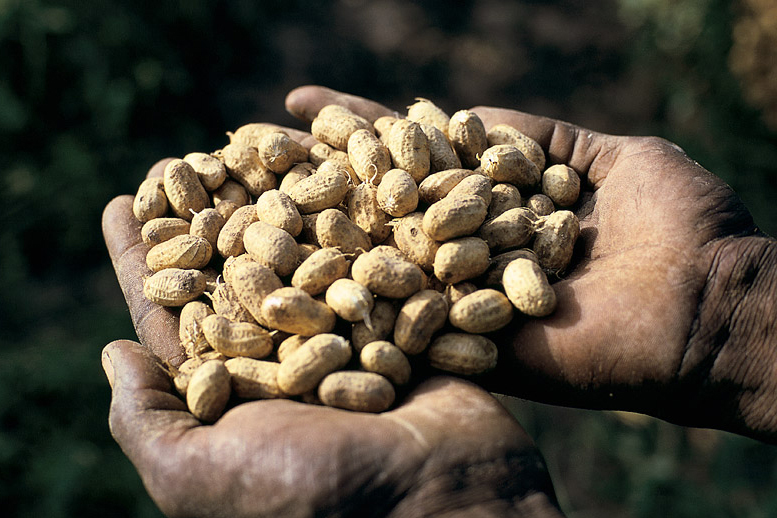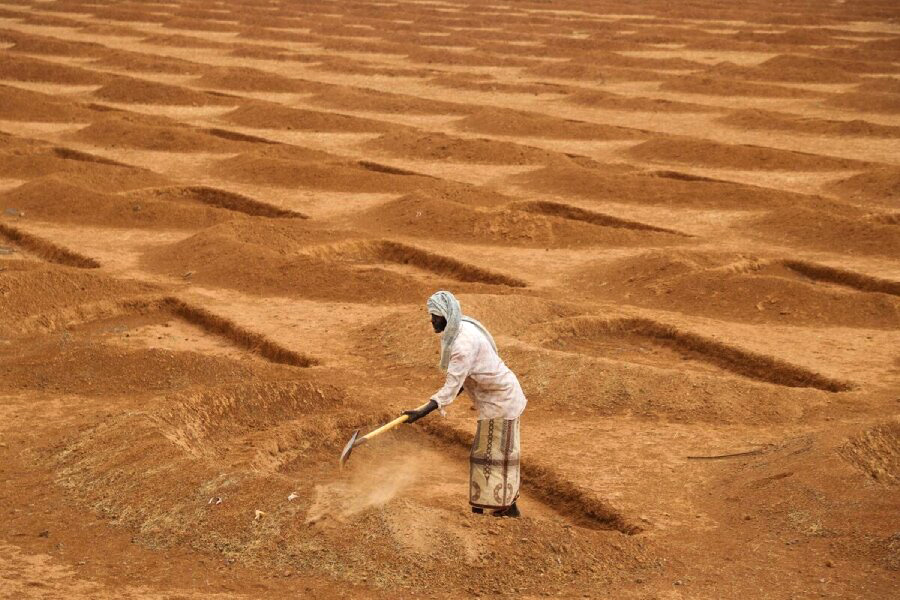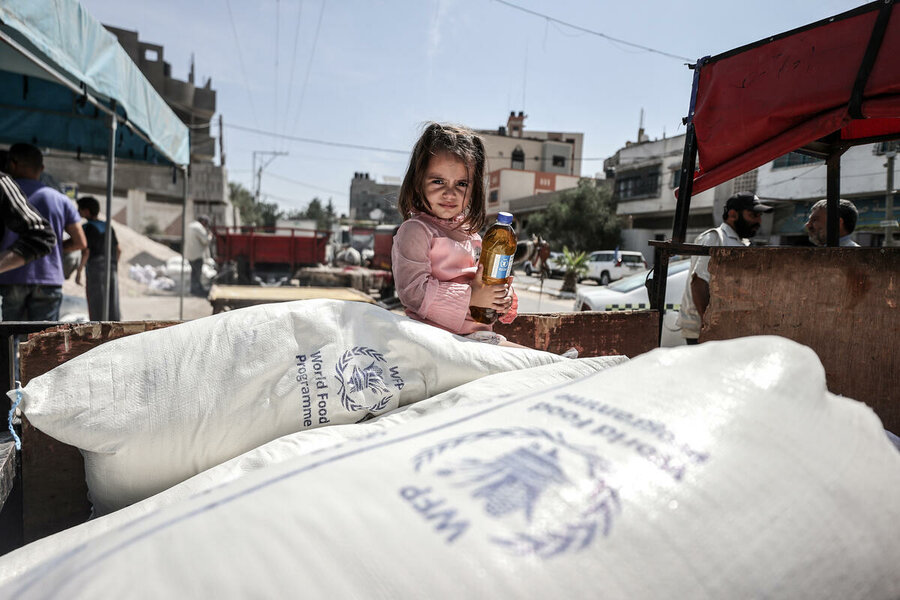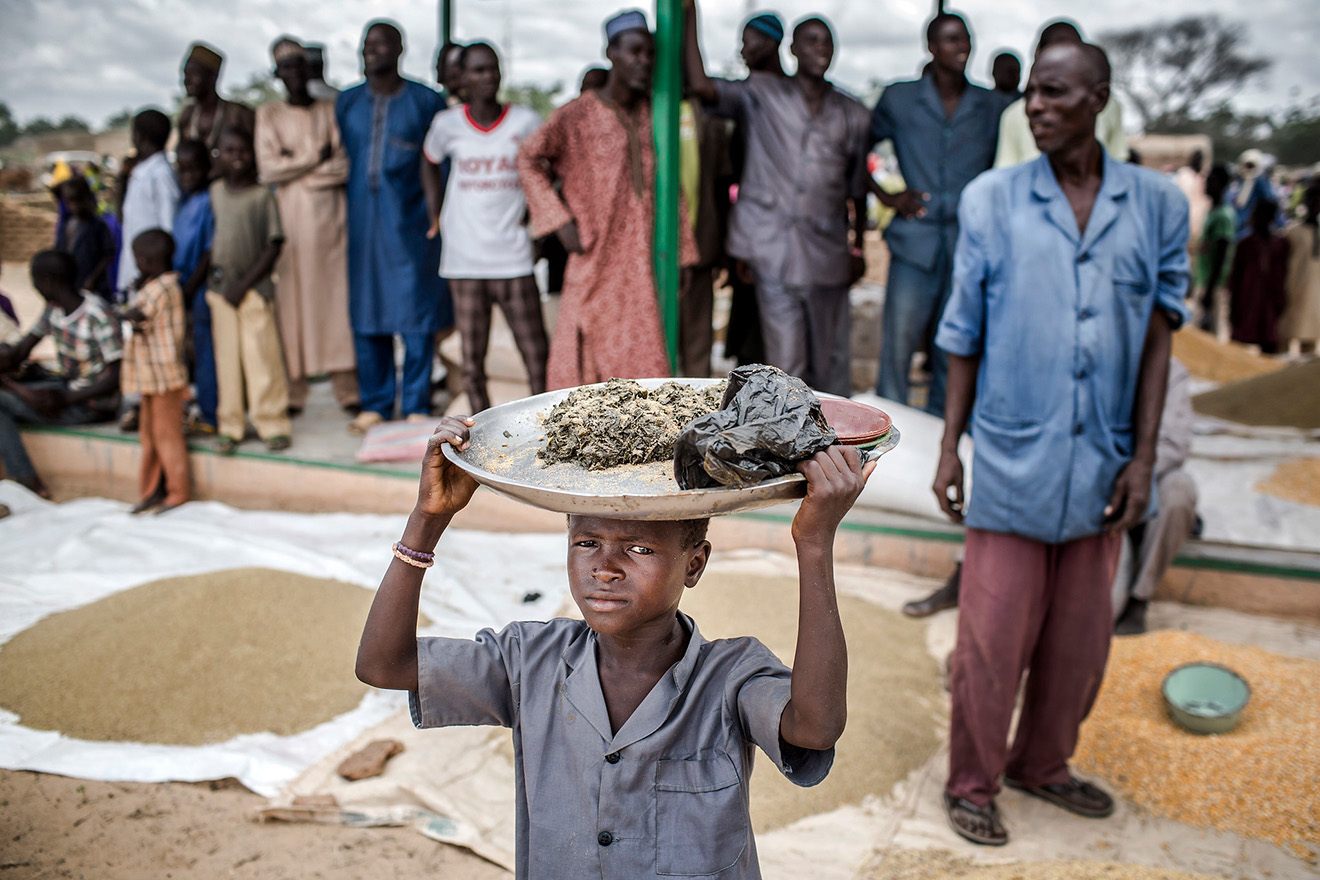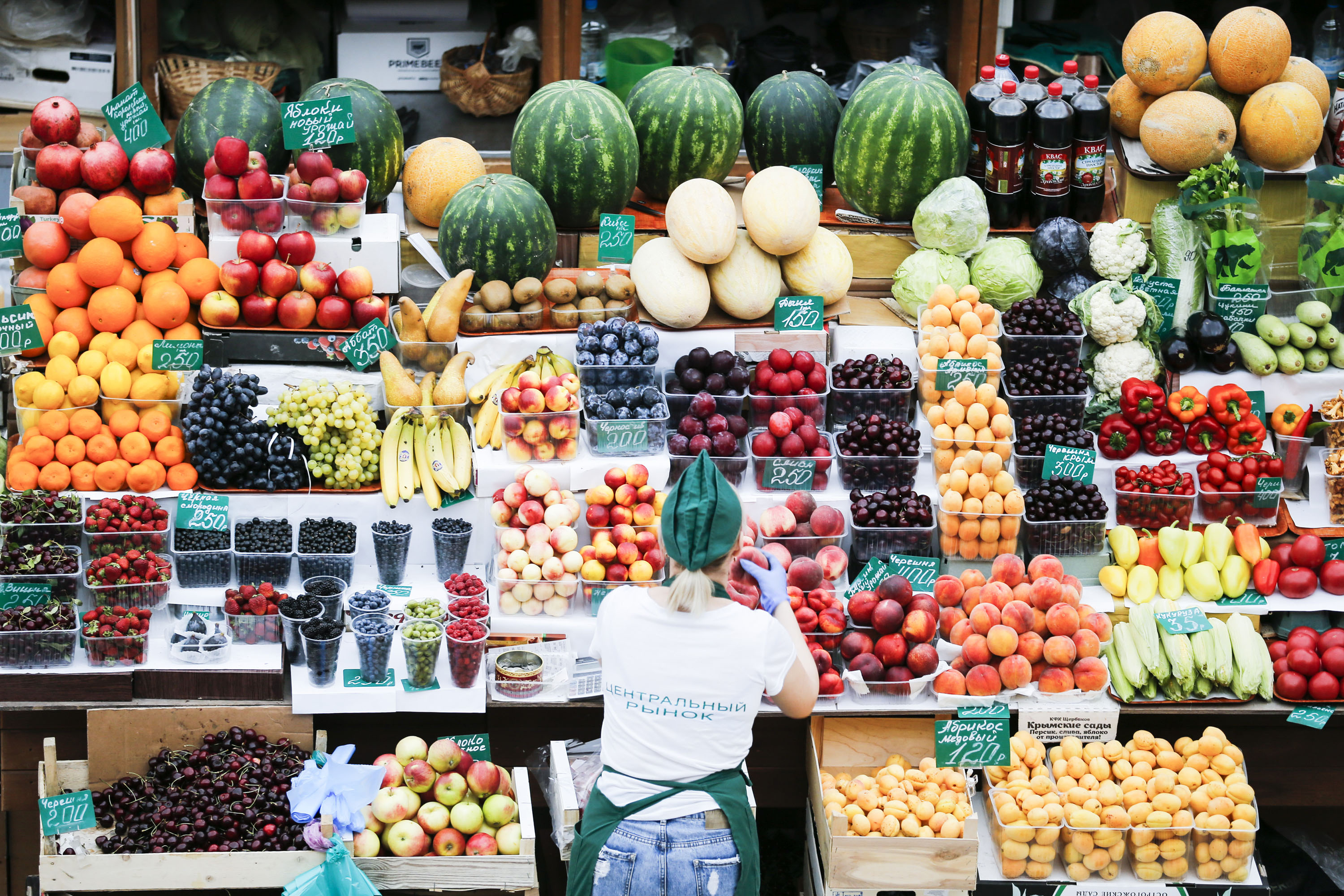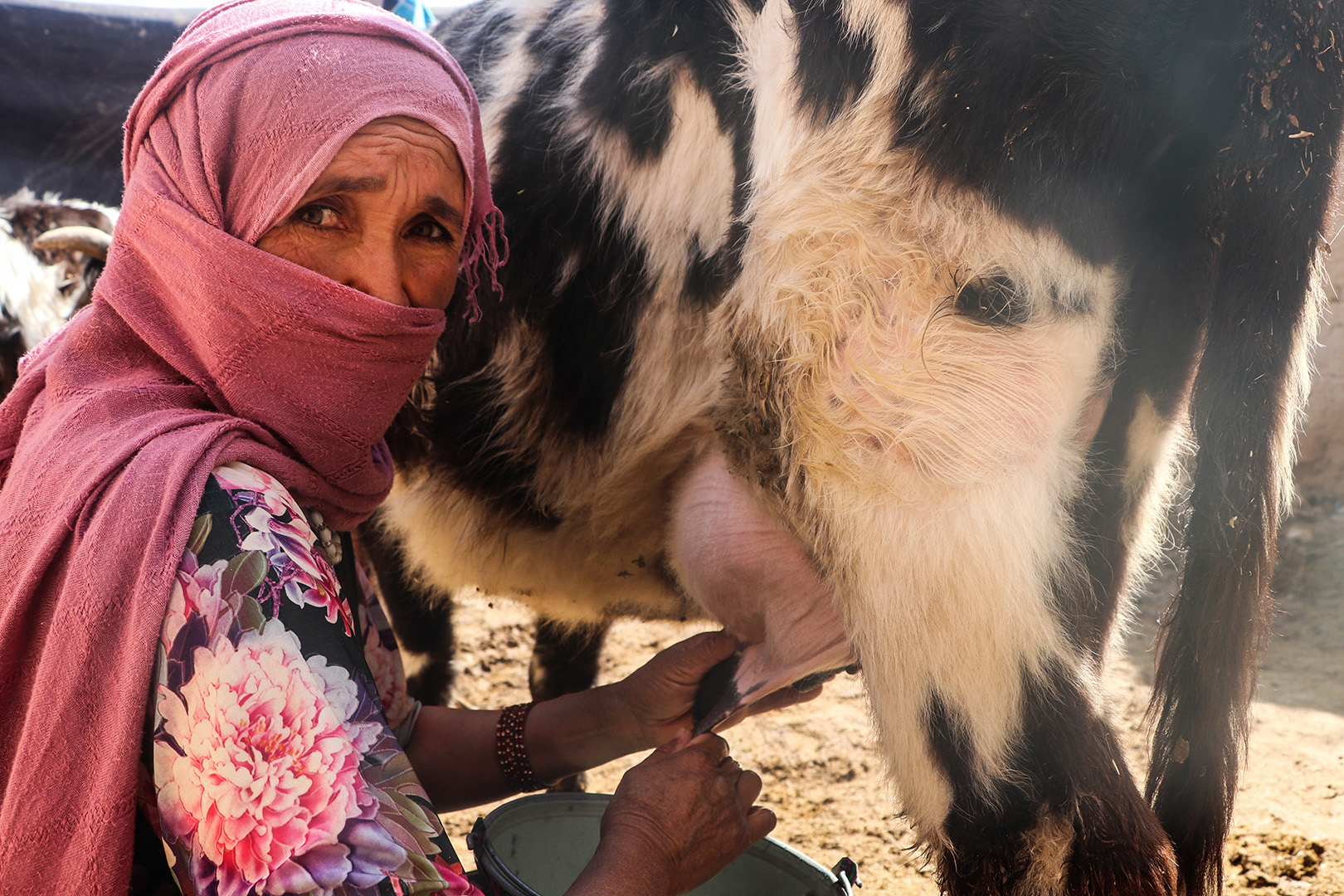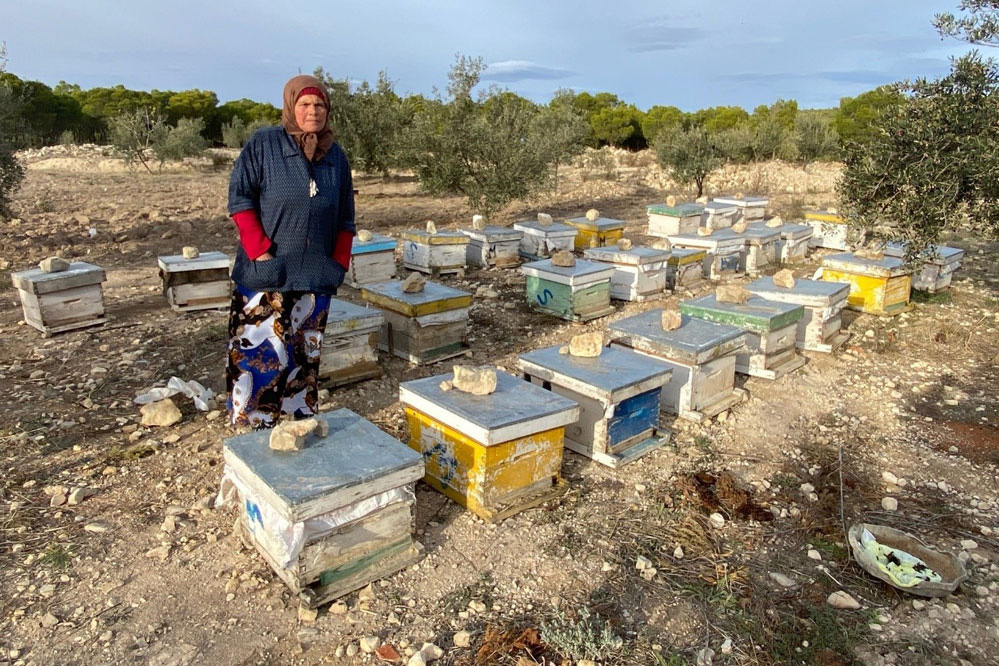Reducing food loss and waste is vital as global hunger has steadily increased since 2014. Approximately 13% of food is lost from harvest to retail, and 17% of global food production is wasted in households, food service, and retail. The 2023 International Day of Awareness of Food Loss and Waste (29 September), themed "Reducing food loss and waste: Taking Action to Transform Food Systems”, urges public and private sectors to prioritize innovative actions in reducing food loss and waste for more resilient and sustainable food systems. Get involved with FAO’s message and share!
Water issues have always been crucial for Odina’s district in Uzbekistan, and they were highly dependent on water sources coming from neighboring Kyrgyzstan. Farmers would have to wait for her or his turn to use the water to irrigate their land from the few existing canals. FAO introduced the “Smart Farming for the Future Generation” project which provides simple innovations in water management, pest control and greenhouse improvements. With these new skills and practices, Odina has grown her tomato business into a thriving small enterprise and receives two to three times her previous income. When farming becomes "smart" and incomes become sustainable, confidence in the future increases.
The waters that surround the Small Island Developing States (SIDS) of the Pacific are home to remarkable marine ecosystems. The fish and other marine species they host are deeply intertwined with many Pacific peoples’ cultures, livelihoods and food. But while the communities of these islands continue to consume fish in significant quantities, the diversity of Islanders’ diets is declining, and their nutrition is deteriorating. So, what are some new approaches and innovations that can help reverse this trend? A report by the Food and Agriculture Organization of the United Nations (FAO) and WorldFish has some suggestions. Here are five of them.
Increasing shocks from climate change, a global water crisis, loss of biodiversity, and other challenges continue to drive food insecurity and force more people into hunger. World Bank is taking a multi-faceted approach which focuses simultaneously on production, supporting vulnerable households with emergency and resiliency programs, and investing in sustainable food and nutrition. The current approach of responding to food crises through short-term measures is making a difference, it is critical to accelerate the transformation of the global food system
Uganda is often described as Africa’s breadbasket, but it still faces a multipronged challenge in eradicating hunger. Floods earlier this year followed a prolonged drought, while global supply disruptions increased prices for imported foods. Traditional humanitarian assistance “cannot keep pace” with today’s soaring and complex hunger demands without simultaneously addressing their root causes, says WFP East Africa Senior Advisor Sibi Lawson-Marriott. She specializes in food systems and issues of climate action, resilience building and women’s empowerment. “We need a new approach”.
Smallholder farming has become increasingly unpredictable. Extreme climate-induced disasters – from floods and droughts to more powerful storms – are on the rise, with corresponding devastation. With accurate, location-specific climate and weather data, farmers can make more informed decisions about which crops to plant, or livestock to rear, or which livelihood options to pursue for a better income. ‘Participatory Integrated Climate Services for Agriculture’ is part of UNDP’s strategy to bring actionable data and affordable digital technologies to those who need them.
There are 734 million people going hungry around the world, 122 million more than in 2019, according to ‘The State of Food and Nutrition in the World 2023’ (SOFI). Launched by UN agencies including the FAO and WFP, the report estimates 29.6 percent of the world’s population, around 2.4 billion people, had restricted access to food last year. This includes around 900 million people facing severe food insecurity amid worsening and intersecting crises. WFP needs US$25.1 billion to reach 171.5 million people around the world this year.
The benchmark index of international food commodity prices declined again in June, led by price decreases for all major cereals and most types of vegetable oils, according to the latest FAO Food Price Index’s report. The index dropped 1.4 percent from May and 23.4 % from its peak in March 2022. Nevertheless, FAO warns that high food prices, economic downturns, conflict, droughts, and the impending risk of El Niño weather aggravate food security concerns in 45 countries that are assessed to need external assistance for food. Check the latest index.
In 1969 final plans for travel to the moon were being fine-tuned, including how to keep food safe so the astronauts, orbiting in space, would not get sick from the food prepared for the flight. Foodborne illnesses in the 1960s were not a rarity. So, the team approached food safety the way it tested engineering reliability: by checking the weak points in the system. During this period, another body made these standards international for the sake of everyone on the planet, not just in space. An FAO/WHO endorsed “food code” defined hygiene-related food standards for the next 50 plus years.
More than 1 in 10 people fall sick each year from foodborne illness, and 420,000 die. The young and the vulnerable are disproportionately affected by the 200 different foodborne diseases that result from unsafe food, most of which are preventable. Prevention of such illnesses requires food safety to be observed at each stage of the food production chain, from primary production right up to the consumer. On 7 June, World Food Safety Day, FAO and WHO host a hybrid high-level event to highlight how food safety standards contribute to saving lives – live streamed on the FAO webcast platform.
For Zulaikha, a 48-year-old, widowed the cost of the everyday items she needs for her family of six seems beyond her means. Like many other smallholder livestock keepers and farmers across Afghanistan, Zulaikha’s livelihood has been battered by a combination of severe drought, the COVID-19 pandemic and the lack of economic prospects in the recent past. Things began to improve after FAO supported her with emergency assistance for her livestock to enhance the health of her animals and increase the family’s access to nutritious food through improved dairy production.
Bees and other pollinators are the tiny linchpins of diverse food systems – some bees also make honey. That's why many rural people around the world have taken up beekeeping, with IFAD’s help.
FAO and partners are helping Maasai men and women become beekeepers which is helping regenerate the forests around their hives.
Heavy fighting continues as the prospect of acute hunger is becoming more likely by the day. In almost one month, hundreds of people have been killed in the fighting, over 150,000 have fled Sudan, and hundreds of thousands have become internally displaced, adding to those already displaced by previous conflicts.
In a world where tonnes of edible food is lost, leaving people hungry and small-scale farmers in poverty, temperature-controlled storage and transport of food is a solution. FAO, the Ozone Secretariat of UNEP, UNEP and the Italian Ministry of Environment and Energy are working with countries to find solutions to sustainably expand cold chain infrastructure, where viable, using renewable energy to power cooling.


